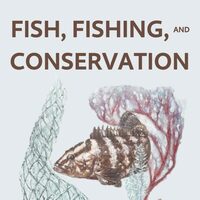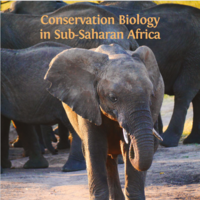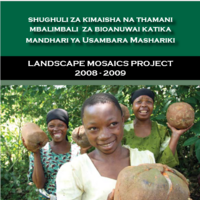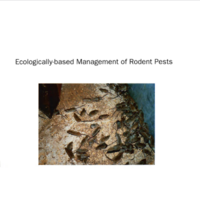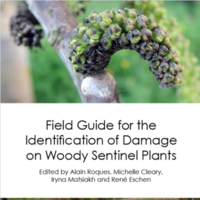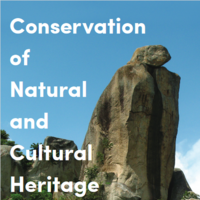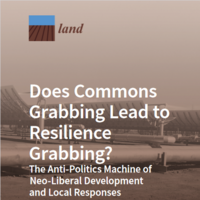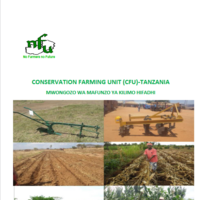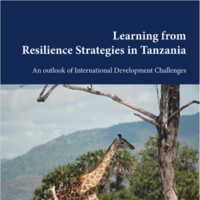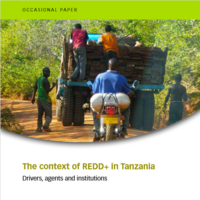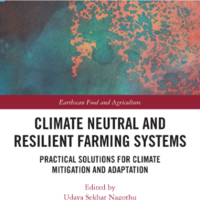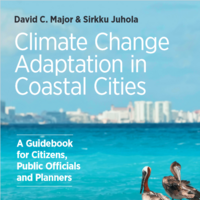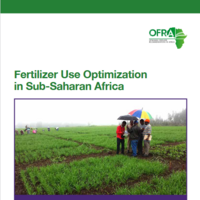Search
Books+
Searching 1,73 books
Search related to the career Conservation Scientist
Conservation Scientists employ various strategies to protect and preserve natural resources and ecosystems. These strategies can be categorized into several key areas:
1. Research and Monitoring: Conservation scientists conduct extensive research and monitoring to gather data on the status and trends of different species, habitats, and ecosystems. This involves studying population dynamics, habitat conditions, and environmental factors to understand the underlying causes of biodiversity loss and ecosystem degradation.
2. Habitat Restoration: To reverse habitat degradation, conservation scientists develop and implement habitat restoration plans. This may involve activities such as reforestation, wetland restoration, erosion control, and invasive species management. By restoring degraded habitats, they aim to enhance biodiversity and ecosystem resilience.
3. Wildlife Management: Conservation scientists develop and implement strategies for managing wildlife populations. This includes monitoring population sizes, studying migration patterns, and assessing the impacts of human activities on wildlife. They may also develop conservation plans for endangered species, including captive breeding and reintroduction programs.
4. Conservation Planning: Conservation scientists play a crucial role in developing conservation plans and policies at local, regional, and national levels. They assess the ecological value of different areas, identify key biodiversity hotspots, and prioritize conservation actions based on scientific evidence. These plans often involve collaboration with stakeholders, including government agencies, NGOs, and local communities.
5. Education and Outreach: Conservation scientists engage in public education and outreach efforts to raise awareness about the importance of conservation. They develop educational materials, conduct workshops, and give presentations to promote sustainable practices and encourage public participation in conservation initiatives.
6. Policy Advocacy: Conservation scientists actively engage in policy advocacy to influence decision-making processes. They provide scientific evidence and recommendations to policymakers, advocating for the implementation of conservation-friendly policies and regulations. They may also participate in public hearings, contribute to environmental impact assessments, and collaborate with policymakers to integrate conservation principles into land-use planning.
7. Collaboration and Partnerships: Conservation scientists collaborate with various stakeholders, including government agencies, NGOs, local communities, and indigenous groups. By fostering partnerships, they can leverage resources, share knowledge, and implement conservation initiatives more effectively. Collaboration also helps build consensus and support for conservation efforts.
These strategies collectively contribute to the conservation of biodiversity, protection of ecosystems, and sustainable management of natural resources. Conservation scientists play a vital role in ensuring the long-term survival and well-being of our planet's diverse ecosystems and the species that inhabit them.
Source: Various AI tools
Sayansi
Books tagged science
Maendeleo endelevu
Books tagged sustainable development
Searched in English.
